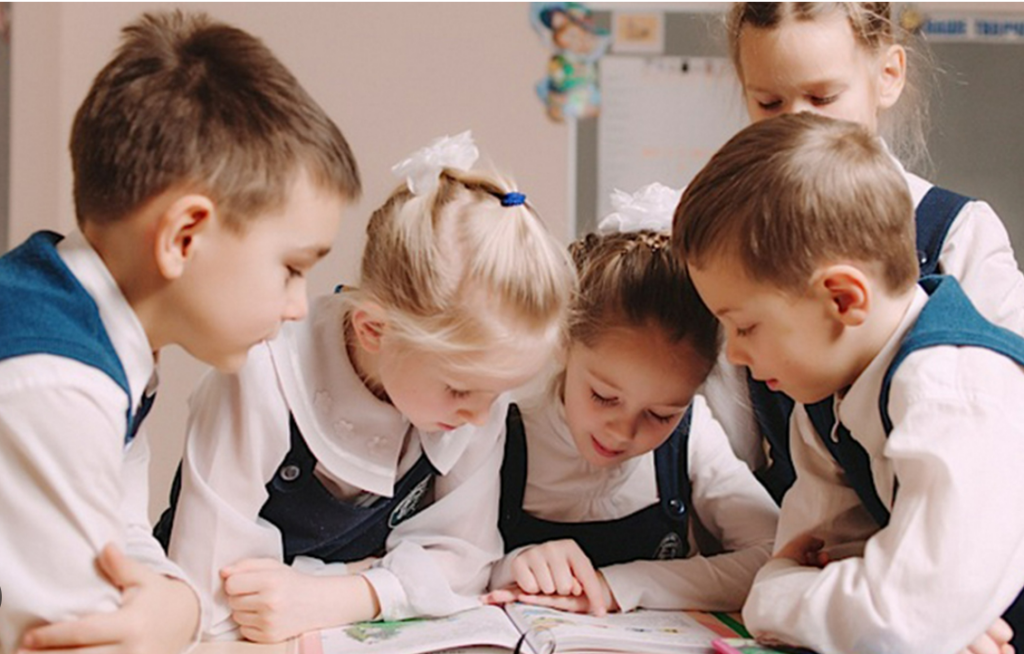In the world of education, collaborative learning has emerged as a powerful approach to enhancing knowledge acquisition and fostering critical thinking skills among young minds. Kids study groups, in particular, provide an ideal setting for children to engage in peer-to-peer interactions, share diverse perspectives, and work together towards common learning goals. These groups offer a multitude of benefits that extend beyond academic gains, promoting social development, communication skills, and self-confidence.

Collaborative Learning: A Platform for Growth
Collaborative learning is a student-centered approach that emphasizes active participation, teamwork, and shared responsibility in the learning process. It moves away from traditional teacher-centered methods, where students passively receive information, and encourages them to engage with the material through discussions, group projects, and peer-to-peer instruction.
Benefits of Kids Study Groups
- Enhanced Academic Performance: Explain Learning Study groups provide a platform for students to share their understanding of concepts, clarify doubts, and learn from each other’s strengths. This collaborative approach can lead to a deeper understanding of the material and improved academic performance.
- Developed Social Skills: Study groups provide opportunities for children to interact with peers, build relationships, and learn valuable social skills such as cooperation, communication, and conflict resolution.
- Strengthened Communication Skills: Collaborative learning encourages students to articulate their thoughts clearly, explain concepts to others, and actively listen to their peers’ perspectives. This fosters effective communication and public speaking skills.
- Boosted Self-Confidence: As children contribute to the group and witness their own impact on the learning process, their self-confidence grows. They feel valued and motivated to participate actively, leading to a positive attitude towards learning.
- Exposure to Diverse Perspectives: Study groups bring together students with different learning styles, backgrounds, and experiences. This exposure to diverse perspectives broadens their understanding of the world and encourages them to consider different viewpoints.
Creating an Effective Kids Study Group
- Clear Goals and Structure: Establish clear objectives for the study group and set expectations for participation. Define the frequency and duration of meetings, as well as the roles and responsibilities of each member.
- Diverse Group Composition: Formulate a study group that includes students with different strengths and learning styles. This diversity will enrich the learning experience and provide opportunities for mutual support.
- Engaging Activities and Materials: Incorporate a variety of learning activities to keep the group engaged and motivated. Use interactive games, hands-on projects, and visual aids to make the learning process more fun and effective.
- Effective Communication and Feedback: Encourage open communication among group members and foster a supportive environment where everyone feels comfortable asking questions and expressing their ideas. Provide constructive feedback to help each member improve their learning and contribution.
- Celebrating Achievements and Recognizing Efforts: Acknowledge the group’s progress and celebrate their achievements. Recognize individual contributions and encourage positive reinforcement to maintain motivation and engagement.
Conclusion
Kids study groups offer a valuable platform for collaborative learning, fostering academic growth, social development, and self-confidence among young learners. By providing a supportive and engaging environment, these groups empower children to take ownership of their learning, develop critical thinking skills, and build strong relationships with their peers. As children embark on their educational journey, kids study groups can serve as a catalyst for their success, nurturing their intellectual curiosity and preparing them for a lifetime of learning.